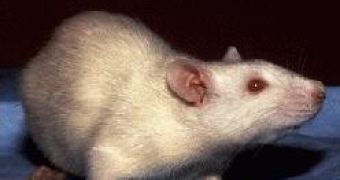Indian Universities might no longer use animals dissections during classes. As modern technology provides a long list of advantages, old-school learning methods relying on the lives of unfortunate creatures could be replaced with computer simulations.
University Grants Commission (UGC) wants to make sure that every Indian University will value the lives of millions of creatures dying every year so that students can put theory into practice. The students will be able to enjoy non-animal methods allowing them to learn without having to question the morality of their actions.
This measure was drawn out as an effective response to PETA India's extensive campaign indicating that there are other means of studying that have no harmful impact upon the environment.
The organizations supports an interactive way of learning new things, including computer simulations, interactive CD-ROMs, charts, films and lifelike models.
Such a strategy represents the indubitable proof that technology can successfully replace 19 million creatures which are sacrificed for experimental purposes every year in Indian universities only.
The animals killed in the name of science and research come from "biological supply" companies or are simply removed from their natural habitat. Such enterprises boost their profit margins by reselling animals bought from animal shelters, pet stores or slaughterhouses. Suppliers also harness the illegal animal trade, as they often buy stolen or lost pets.
19 million animals are being injected with formaldehyde, gassed or drowned and in some of the cases experiments begin even if their death isn't certain. CutOutDissection.com reveals some of the most appropriate alternatives to animal dissection which can be implemented in schools.
All in all, modern technology has plenty of resources to guarantee that learning can become an interactive, risk-free and environmentally-friendly process.

 14 DAY TRIAL //
14 DAY TRIAL //